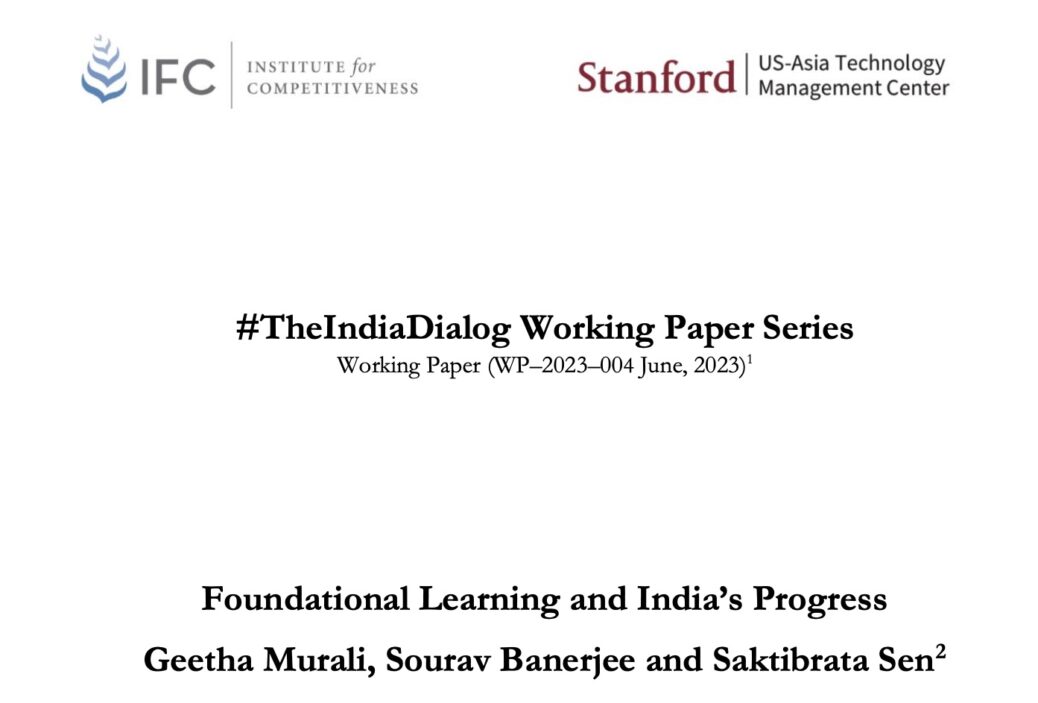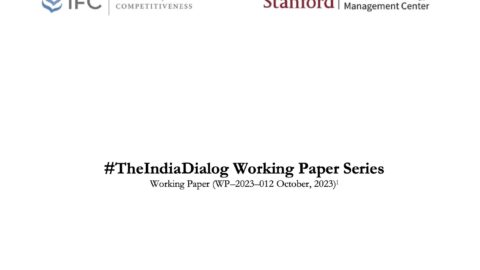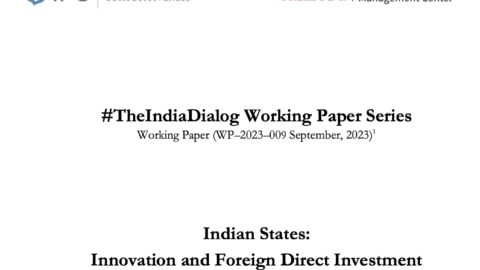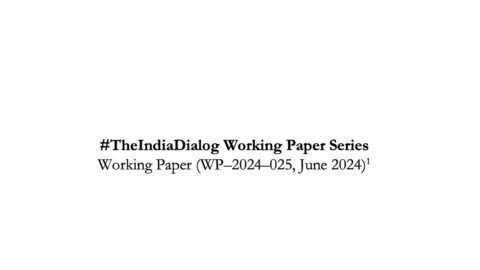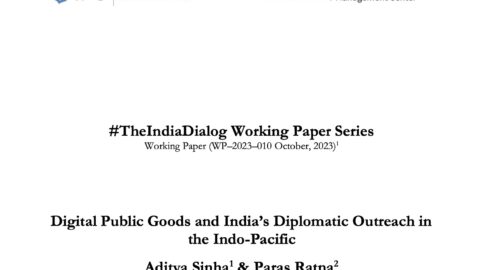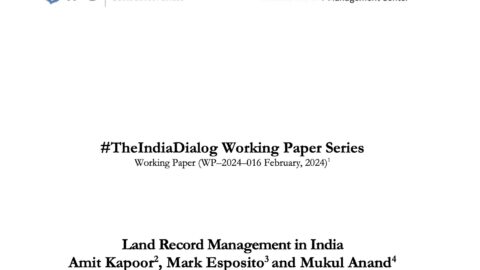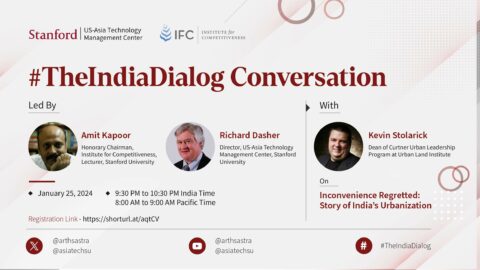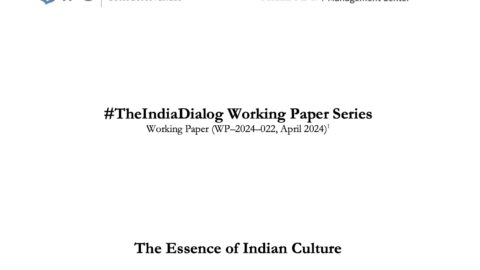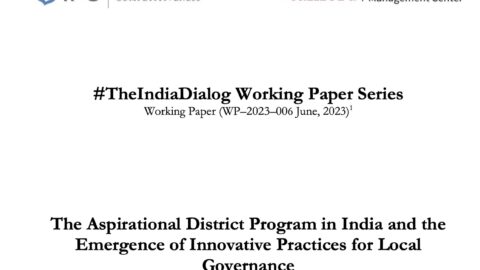by Geetha Murali
Foundational Literacy and Numeracy (FLN) are fundamental building blocks for higher learning outcomes and key life skills among students during later years. FLN is also a key contributor to the economic and social progress of a nation. Yet so many children are not acquiring basic foundational skills at age-appropriate levels. Estimates indicate only a third of 10-year-olds globally can read and understand a simple story.[1] This poor performance has an economic cost: research says approximately 1.19 trillion annually is lost to the global economy[2] and world poverty rates are 12% higher[3] than they would be if more children were equipped with foundational skills. In India, specifically, GDP gains could be up to 7.39 percent with adequate investment in FLN.[4] Not surprisingly, therefore, foundational literacy has taken center-stage in policy considerations throughout the world and is seen as a fundamental right to strengthen individual agency. Even so, despite multiple policies and programs over several decades, learning poverty[5] still exists, leading to heavy social and economic costs to societies.
The paper can be downloaded here.
[1] “Only a third of 10-year-olds globally are estimated to be able to read and understand a simple written story,” UNICEF, September 19, 2022, https://www.unicef.org/bulgaria/en/press-releases/unicef-only-third-10-year-olds-globally-are-estimated-be-able-read-and-understand.
[2] “Why Literacy?,” World Literacy Foundation, accessed February 21, 2023, https://worldliteracyfoundation.org/why-literacy/.
[3] UNESCO Global Education Monitoring Report Team, EFA Global monitoring Report; UNESCO; 2013-14; Teaching and Learning, Achieving Quality for All (UNESCO Publishing, 2014), https://unesdoc.unesco.org/ark:/48223/pf0000225660.
[4] Amit Kapoor et al., State of Foundational Literacy and Numeracy in India (Institute for Competitiveness, 2021), https://www.competitiveness.in/wp-content/uploads/2021/12/Report_on_state_of_foundational_learning_and_numeracy_web_version.pdf.
[5] The World Bank defines ‘learning poverty’ as “the share of children what cannot read and understand a simple text by age 10.”
World Bank, A Learning Revolution to Eradicate Learning Poverty (World Bank, 2019), https://thedocs.worldbank.org/en/doc/796031571248486139-0090022019/original/LearningPovertybrochureOct17.pdf.

